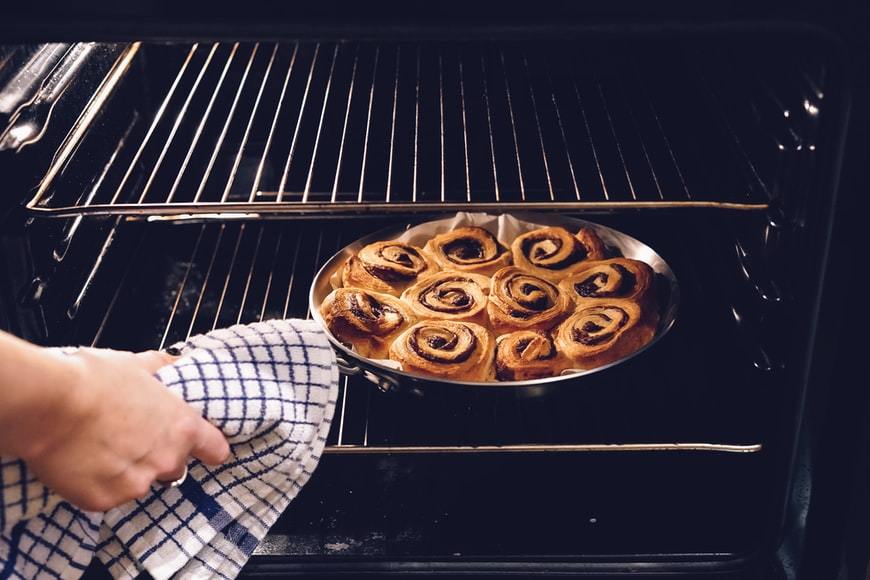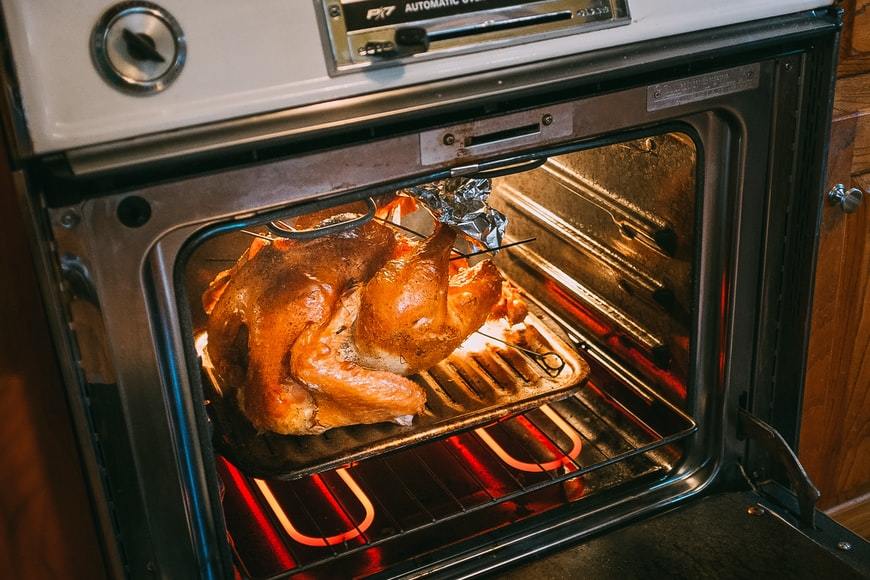
An electric oven is a popular type of cooking appliance found in most homes today. It’s used to bake, broil, steam and roast foods at different temperatures. The fan-assisted oven has an electric heating element with a fan that enables the oven to distribute hot air more evenly around the food than conventional gas or electric convection ovens.
The best way to maximize your enjoyment from your electric oven is proper maintenance after each use, cleaning away any leftover residue from cooking and following these usage guidelines:
Clean your oven after each use
Cleaning your electric oven after each use is one of the best ways to keep it in good condition and extend its lifespan. Cleaning doesn’t have to be an arduous task- here are some tips that will help maintain your electric oven’s appearance, air quality and performance It’s important for you to wipe off any spills or splatters immediately with a clean, damp sponge or cloth. Do not use an oven cleaning spray or liquid, as these can damage the inside of your oven. Instead, follow the manufacturer’s instructions for cleaning your particular model. Unplug your electric oven before you clean it.
Clean doors and windows even when not in use
Clean the door and window with glass cleaner to prevent fogging on hot days. 4. Remove filters at least once a month and wash them in hot soapy water; re-install them after they’re completely dry.
Remove baked-on food spills
Remove baked-on food spills by sponging the oven bottom with baking soda paste or powder made of one teaspoon each of baking soda and water; be sure to wipe away any residue with warm water, then rinse thoroughly If you’d prefer a non-toxic method of getting rid of those baked-on food spills, try making a paste of baking soda and vinegar. Mix two tablespoons each of baking soda and vinegar in a small bowl to form a thick mixture, then spread the paste over the bottom of your oven. Allow it to stand for one hour, rinse with warm water, then use a clean cloth or sponge to wipe away any residue
Use Aluminum Foil To Reduce Oil Drips
To keep drips from building up on the exterior surface of your electric oven, try using aluminum foil as a liner between the stovetop and the bottom heating element. This will reflect heat back into your food instead of allowing it to build upon the outside of your oven.
Recipes you can cook in Electric Oven

Here are some recipes you can cook using an electric oven:
Coconut Shrimp with Pineapple Salsa – This dish is a mixture of shrimp, coconut and sweet pineapple. The end result will be appetizing and the salsa adds a delightful balance to this dish.
Pork Chops & Potatoes – Pork chops or any other meats should be cooked at around 350°F. Anything different will cause it to dry out and taste bad. When cooking meat make sure not to cook it for too long as well, because this may also damage its quality due to the lack of moisture in the pork chops or roast chicken. Roasted chicken should be left in the oven until its internal temperature reaches 165°F.
Baked Potato Wedges – The oven will cook the potato wedges in about an hour, depending on how large they are.
Roasted Vegetables – Root vegetables like potatoes, beets and carrots can also be cooked in the same way as above; coated with oil (and optionally salt, pepper and rosemary) they should be placed in a single layer in a roasting pan at 425°F for about 35 to 40 minutes.
Beef Stew & Dumplings – Here’s a recipe for beef stew with dumplings that can be easily cooked in the electric oven. This takes approximately 1 ½ to 2 hours to make from start to finish, but most of this time is hands-off so you won’t have to watch over it while it cooks.
Difference between electric oven and microwave oven
You should not use your oven as a substitute for your microwave oven. Microwave ovens cook food quickly by creating high-frequency electromagnetic waves that move the energy directly to the molecules in food, heating them up and making them vibrate faster. The resulting friction produced heats up your food; sometimes so hot that it may damage some of the nutrients or even start carcinogenic (cancer-causing) compounds like heterocyclic amines (HCAs).
Electric ovens are designed to heat up their contents slowly, which allows more time for water molecules between the chicken’s cells to migrate there, increasing juiciness. Microwaves tend to heat unevenly, with pockets of cold and hot spots.
Last Updated on
- Features to look for in an exhaust fan - September 26, 2022
- How to calculate CFM for exhaust fan - September 24, 2022
- Kitchen Fan Installation – Everything You Need to Know - September 20, 2022
